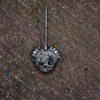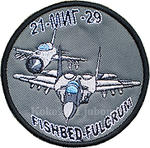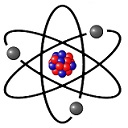|
|
Ukupno su 1038 korisnika na forumu :: 61 registrovanih, 7 sakrivenih i 970 gosta :: [ Administrator ] [ Supermoderator ] [ Moderator ] :: Detaljnije Najviše korisnika na forumu ikad bilo je 3195 - dana 09 Nov 2023 14:47 - Korisnici koji su trenutno na forumu:
- Korisnici trenutno na forumu: Agape, Andrija357, Banovo Brdo, Betta, bpvl, brundo65, Bubili, Deki Duga Devetka, due, Duh sa sekirom, ElGenius, Inner-Cell, Jan, jimi_agf, jodzula, Joja, Konda, Korle, Krusarac, leptirleptir, luka35, m0nstrum_, Magistar78, Manjane, marre, MB120mm, mercedesamg, MGBRBG, miham, miki kv, milenko crazy north, mkukoleca, moldway, MR Z, Nemanja.M, nerislav2025, nikola02, Nmr, pavle_pzs, pein, ping15, PlayerOne, Pururin, redstar011, rikirubio, sap, sasics, shlauf, Simonsen23, Sonic, Su 57, tanakadzo, tecataki, tooooom, TRAVUNIJA, umpah-pah, VaRvArI 85, vaso1, vidra boy, VOŽD, Zec
|


















